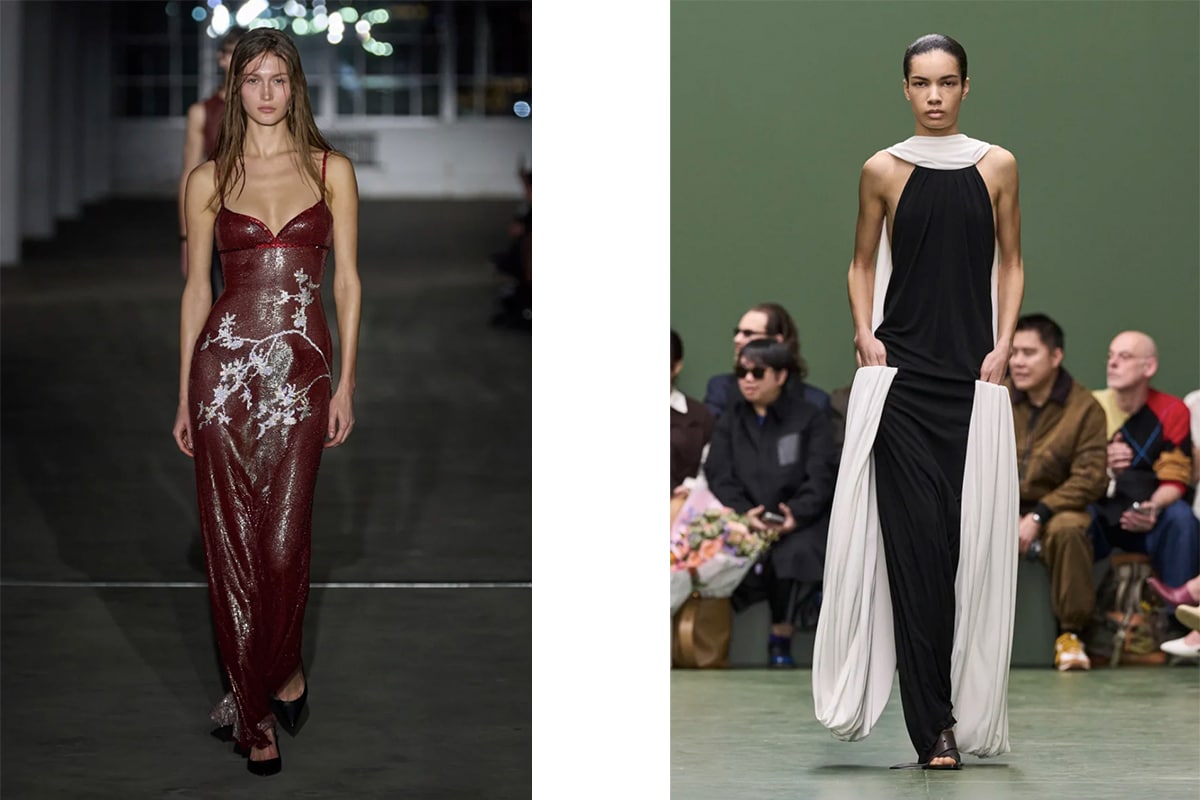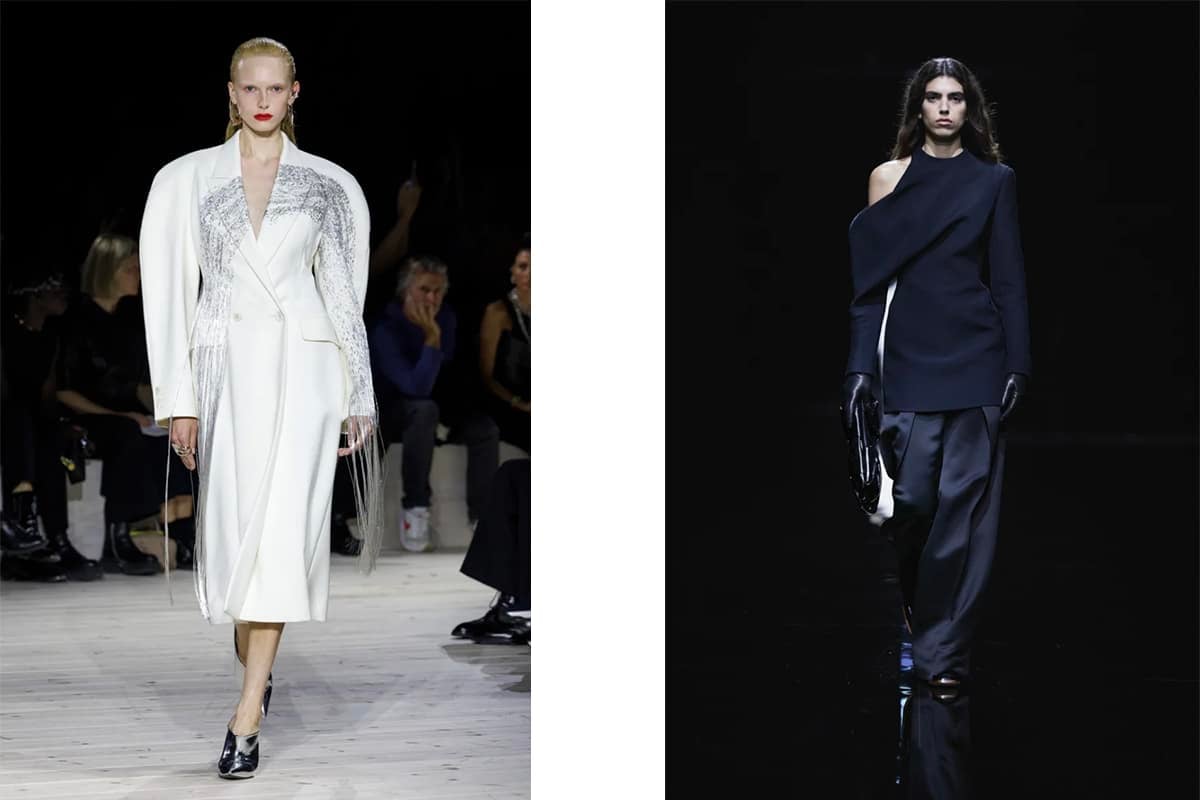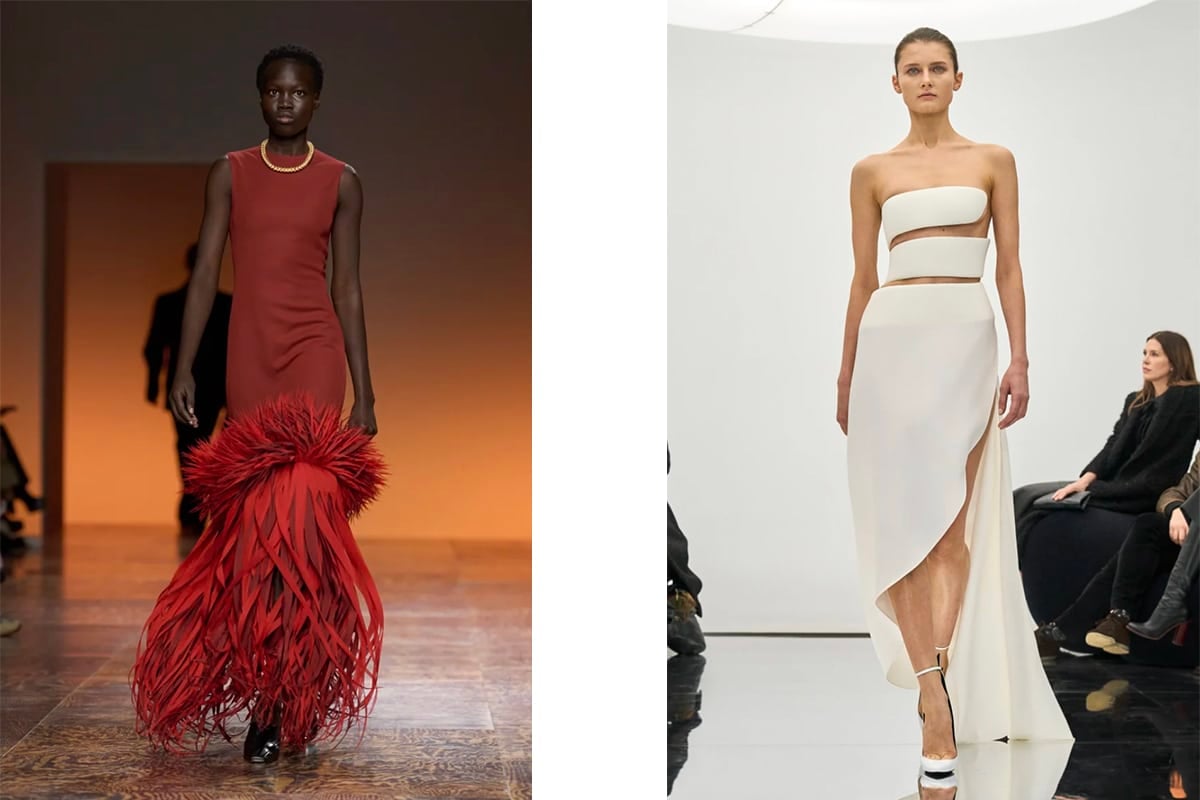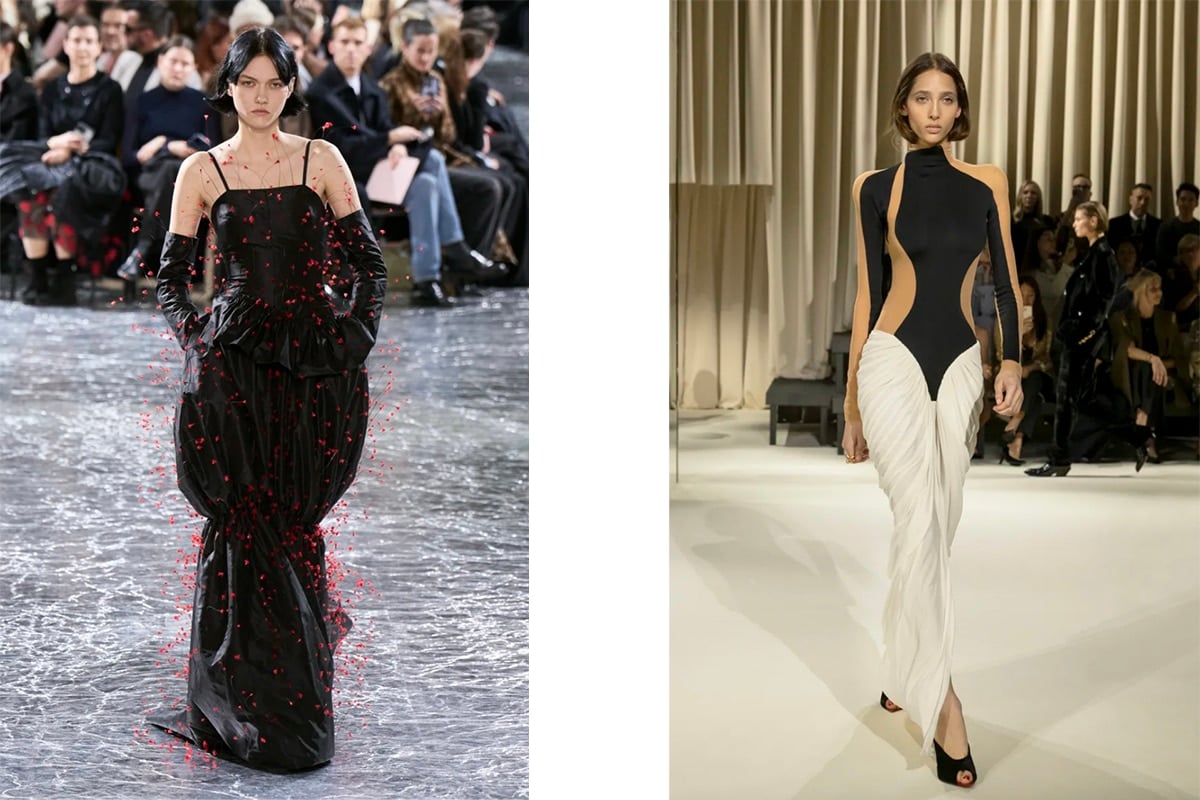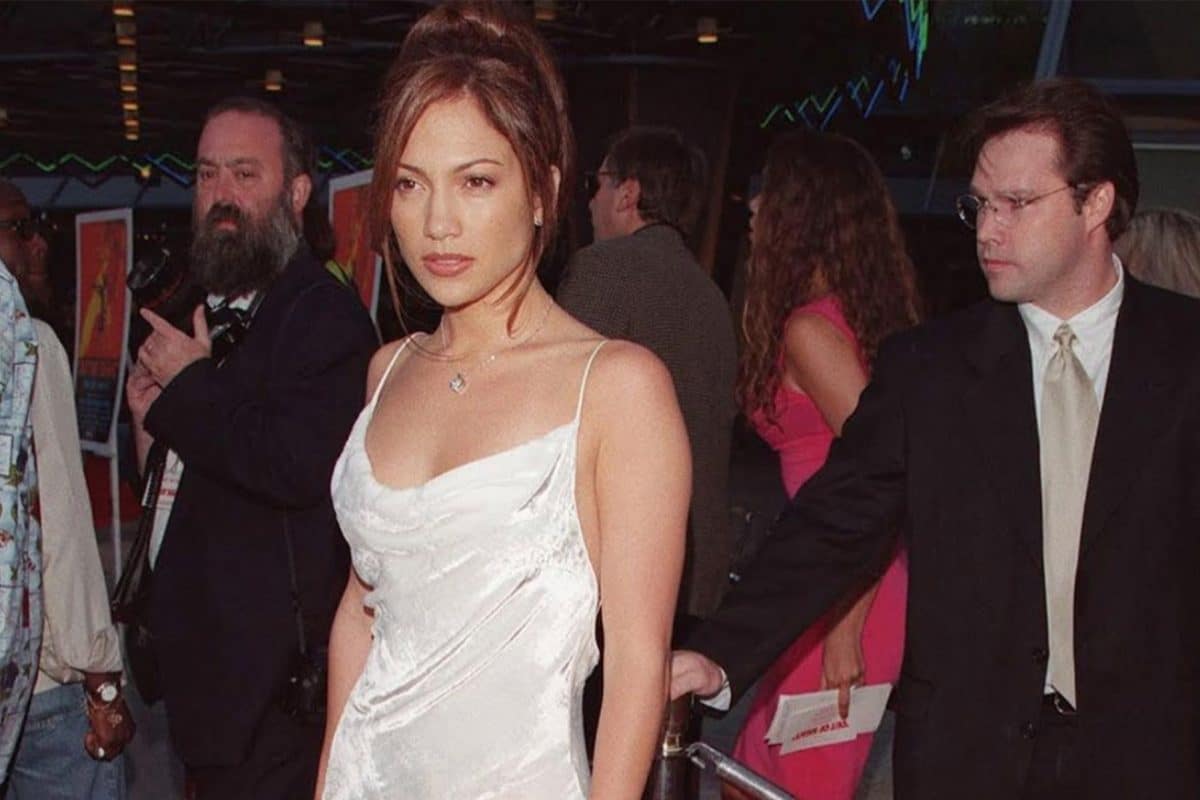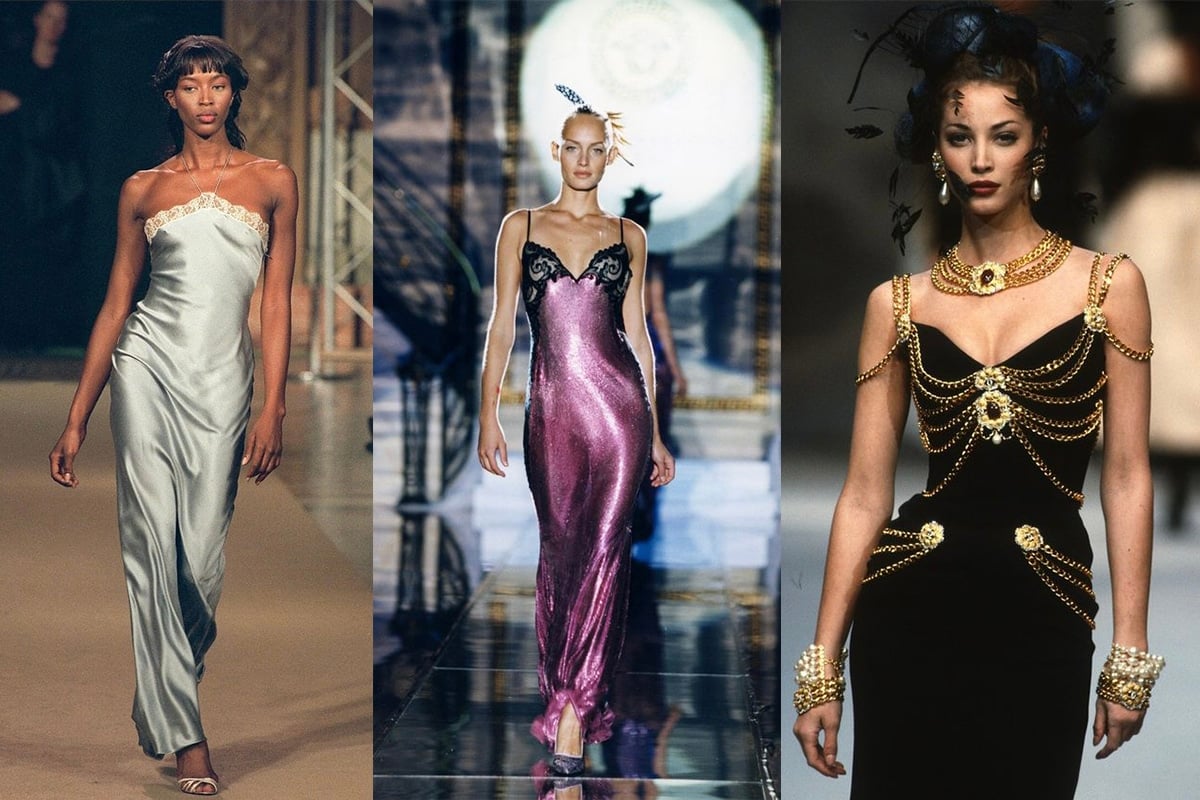
In criminally casual Australia, you'd be forgiven for getting confused by a black tie dress code. Nowadays it's rare for a pair of sneakers to be deemed inappropriate, but in this case you'll want to leave them at home. Black tie requires a level of formality that can be both exhilarating and baffling. So here we are, ready to return to the eternal question of what to wear?
Full length gowns trawling across dance floors, a flash of sparkling stiletto from underneath a table cloth, jewels on jewels on jewels. Black tie allows us to explore exciting territory. While certainly not as formal as white tie and not as casual as cocktail, the black tie dress code has always allowed for an air of uncertainty. In preparation for the moment when it inevitably comes, we're revisiting the unspoken rules and mood of black tie dressing below.
What does black tie actually mean?
The concept of black tie originated in the Edwardian era, relating to an event where guests would dress smartly for dinner and drinks functions with a start time later than 6pm. It presented an opportunity for royals and members of the upper class to still dress respectfully, without the formalities of a tailcoat or a heavy gown. It should be noted, that although at its core, black tie essentially means, 'formal', it is not actually the most formal of all the dress codes (white tie occupies that spot).
Given that we no longer live in the early 20th century, black tie is a little less rigid, leaving room for interpretation. One way to ascertain the level of formality of the "black tie" event in question, is to simply check-in with your host. There's no need to suffer in silence. Alternatively, you can take the temperature by asking what fellow attendees are wearing. This will give you a better understanding around what to expect and how to dress.
Should I wear a floor length dress?
Historically, black tie for women has always translated to floor-length gowns. However, this is the 21st century and appropriate black tie-hemlines are heavily contested. Who's to say a mini dress is inappropriate if it's Alaïa? Which is why, within reason of course, shorter dress lengths are also acceptable. If you know that the event errs on the side of casual, a cocktail dress (particularly if it's from 16Arlington or Miu Miu) will do just nicely.
If you do opt for a shorter length, look to couture gowns of the 1950s where nipped waists and full skirts reigned supreme. Alternatively if you're an avid follower of dress codes, add some intrigue to a full-length gown by opting for a slight train, a subtle cut-out or even Opera gloves.
With the slight update in dress code, black tie no longer restricts you to dress-wearing either. A Saint Laurent-esque tuxedo with a satin lapel is completely above board, as is a two-piece number of a formal nature. Whatever you choose, just make sure it makes you feel like a queen or king. It's your world, we're just living it in.
What fabrics are appropriate for black tie?
If you do want to get a little bit more adventurous with your dress length, its best to still stick to black tie-appropriate fabrics. Keeping in mind that black tie events are almost exclusively held in the evening, it's advised to keep to luxurious and opulent fabrics such as silks, velvets, satin, taffeta, tulle, lace and chiffon. Every day or 'daytime' fabrics such as jersey, knit, cotton, corduroy, flannel, linen and denim are not the norm – but as with most things, execution is everything.
What shoes should I wear?
As for your footwear selection, the foolproof approach is one that is location-driven. Regardless of what the name might infer, black tie doesn't always mean 'carpeted ballroom' or 'grand hall'. You certainly don't want to get caught standing in the city's finest gardens for a night in grass-piercing stilettos. Similarly, just because your gown may be floor-length, don't neglect the impact of a glistening Manolo peeking out from underneath as you waltz onto the dance floor. Carrie Bradshaw knew its power and so should you.
Do women have to wear black?
Although it may seem like the obvious choice, there's no official obligation to wear black to formal events of this nature. Several of the most show-stopping gowns in fashion history marry colour and formality; case in point, Lauren Hutton in that rainbow Halston v-neck at the 1975 Oscars. Many designers at the forefront of evening wear regularly experiment with various shades and even prints. When our next black tie event reveals itself, you best believe we'll be opting for a maximalist, Loewe gown (although Schiaparelli would be out first port of call).
Black tie inspiration
To help you get into the black tie mood, we've curated a selection of notable black tie moments from red carpets, runways and beyond.
Images:

